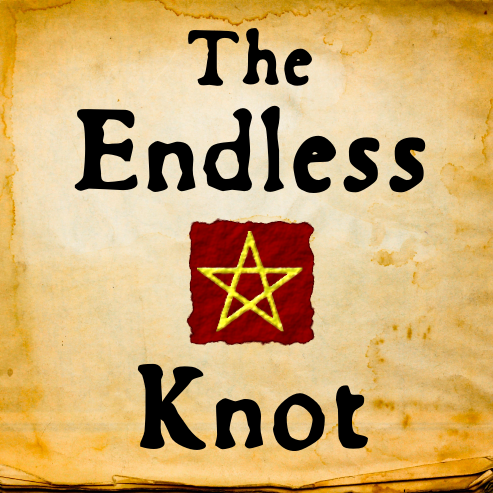In this week's video I trace the course of the word "coach":
The surprise in this word's etymology is that so common a word comes from the name of relatively obscure town in Hungary. A word derived from a place name is sometimes referred to as a toponym (a term which also refers to the place name itself). There are of course many such words in English, such as armageddon, bikini, bohemian, champagne, hamburger, marathon, tuxedo--the list goes on. Tracing the town name back further to a word meaning "ram" made the tempting connection with the many sports teams named the Rams (not only the American football team -- here's a list on Wikipedia). The further interesting etymological detail is the figurative use of the word "coach", in the sense of the type of wagon, to refer to an academic tutor and then a sports coach. (For a larger discussion of metaphor, see my earlier video "Paddle Your Own Canoe".) And along the way, there are some bonus etymologies like carriage, academia, and Oxbridge. Thackeray also coined the parallel word Camford in the novel Pendennis, by the way, but it didn't catch on the way Oxbridge did. For more on the technological history of the coach wagon, have a look at the sources listed on the show notes page.
The main story I wanted to tell through the lens of this etymology was the history of learning and academics, from Plato's Academy, through the Italian Renaissance and compilation of libraries, to Oxford and Cambridge, with their tutors and graded exams. I first heard that fact about William Farish inventing the graded exam, by the way, from QI (possibly their Twitter stream, if I'm remembering correctly). And one of the subplots is the history of women's education, with books on the subject from Erasmus Darwin and Mary Wollstonecraft, and the later efforts by Anne Clough at Cambridge. Darwin's ideas on women's education are quite interesting. He was against sentimental novels and the sort of false refinement that Wollstonecraft argued against as well. Instead he had in mind very practical and pragmatic subjects such as the sciences, industry, finances, and foreign languages. A later detail that ties in with this story is Virginia Woolf's use of the word Oxbridge in A Room of One's Own, in which she tells a hypothetical story of a woman's experience at such a university. And finally, the epilogue to the video's story is the relationship between academics and athletics at universities/colleges. This has been discussed in many venues, but I'll leave it with this one clear example from PHD Comics.
Speaking of Erasmus Darwin, by the way, he is a fascinating character. In his long poem The Temple of Nature, he describes his conception of evolution through natural selection, preceding his famous grandson Charles Darwin:
Organic Life beneath the shoreless waves
Was born and nurs'd in Ocean's pearly caves;
First forms minute, unseen by spheric glass,
Move on the mud, or pierce the watery mass;
These, as successive generations bloom,
New powers acquire, and larger limbs assume;
Whence countless groups of vegetation spring,
And breathing realms of fin, and feet, and wing.
And though I couldn't find a rights-free image I could use in the video, here's a picture of the mechanical bird constructed from his design:
And here's a reconstruction of Darwin's speaking machine, which apparently at the time Darwin built it was good enough to fool people into thinking it was a human voice:
And here's the reference to Mary Shelley's inspiration for Frankenstein, from the preface to the novel:
Many and long were the conversations between Lord Byron and Shelley, to which I was a devout but nearly silent listener. During one of these, various philosophical doctrines were discussed, and among others the nature of the principle of life, and whether there was any probability of its ever being discovered and communicated. They talked of the experiments of Dr. Darwin, (I speak not of what the Doctor really did, or said that he did, but, as more to my purpose, of what was then spoken of as having been done by him,) who preserved a piece of vermicelli in a glass case, till by some extraordinary means it began to move with voluntary motion. Not thus, after all, would life be given. Perhaps a corpse would be re-animated; galvanism had given token of such things: perhaps the component parts of a creature might be manufactured, brought together, and endued with vital warmth.
One other detail you'll often hear about Darwin, is that he was quite a large man. He apparently hollowed out a semi-circle in his table to sit closer to his food, and because of the rather shoddy construction of the houses of his patients he often visited he would send in his driver (remember all those coach rides), who was also a substantial man, to test that the floors would hold before he himself entered. We'll be hearing a little more about Erasmus Darwin in an upcoming video, so stay tuned...
Speaking of which, for those like me who like to keep track of recurring nodes and references across the videos, in this one there are quick name checks of Florence Nightingale and Mary Shelley, who were previously mentioned in my videos "A Detective Story" and "Yule" respectively. Also, in "Cocktail part 1" I mentioned that the Old Fashioned cocktail was invented in the Pendennis Club, which was indeed named after Thackeray's novel Pendennis, in which we find the first occurrences of the the verb "to coach" (in its figurative sense) and Oxbridge.


